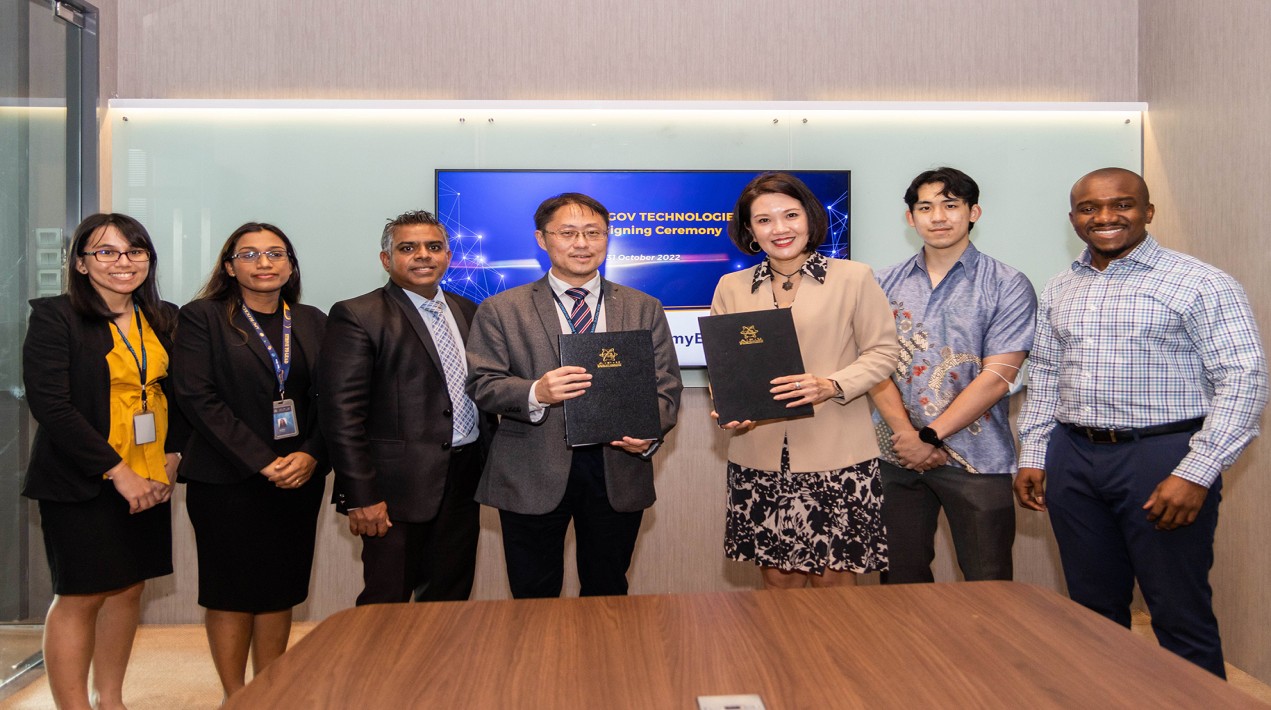
A Malaysia-based FinTech that offers automation solutions to asset management companies and other financial institutions has signed a Memorandum of Understanding (MoU) with the Asia Pacific University of Technology & Innovation (APU) to develop Web3 talent in Malaysia through APU’s FinTech Academy at the newly established Financial Trading Center (FTC).
This agreement is based on the common goal of producing competent Web3 talent, and as part of this MoU, the first-of-its-kind APU-myBID Web3 Innovation Lab (WIL) will be established exclusively for specialised Web3 training to boost students’ skills through experiential learning.
The partnering company is a Malaysian Fintech company that specialises in enterprise, blockchain, identity management/electronic know-your-customer (e-KYC) and conversational artificial intelligence (AI). Through its subsidiary, it owns My Blockchain ID (myBID), a Web3-based identity management platform.
The Co-Founder and Managing Director of the company stated that as this once-in-a-generation leap from Web2 to Web3 and the exceptional potential of blockchain technology is witnessed; Web3 developers are in high demand, but only 1% of programmers have the necessary skills. He explained that this agreement and collaboration with the Premier Digital Tech Institution is the right decision because it will help APU students gain the necessary skills, real-world experience, and specialised training to close the technology gap.
By 2023, the blockchain technology sector is expected to be worth more than US$6 trillion. The impressive valuation of this nascent sector demonstrates Web3’s enormous potential to completely transform society, underpinned by a mission to give consumers the final word regarding how large corporations interact with their data. He added that this is the reason the tech firm is proud and excited to be working with APU, an esteemed institution that shares our vision of reaching the Web3 world.
APU has consistently been at the forefront of producing tech talent for the workforce through tech education, which is backed up by its resilience in bracing emerging technologies with a strategic think-ahead mindset. The tech firm has recognised the vital role that Fintech companies can play in advancing the learning system for the next generation of blockchain developers.
Currently, the University is preparing to be one of Malaysia’s first movers in responding to the global need for Web3 talent, as well as the country’s first private university to offer courses on decentralisation, blockchain technologies, and other relevant subjects, with the goal of becoming a regional hub for Web3 training centres in Malaysia and Southeast Asia, the APU Chief Innovation & Enterprise Officer stated.
This strategic partnership with the fintech firm is expected to help build a strong tech-education and blockchain programme that will serve as the foundation for the future development of a sustainable Web3 ecosystem, he added.
APU-myBID Web3 Innovation Lab (WIL) is open to APU students from all schools and will be managed by APU with support from the fintech firm, which has previously run blockchain training programmes and provided blockchain consulting services to a Fortune 50 client.
The focus will be on blockchain programming languages, specifically Transaction Execution Approval Language (TEAL) for Algorand and Solana’s execution environment, which is based on eBPF and allows the Rust, C, and C++ programming languages to be trained on and used by any student.
After completing their training and practical assessments, students will be given the opportunity to work on myBID use cases under the supervision of the firm’s experts. They can select from a wide range of use cases based on their interests, giving them the opportunity to gain real-world Web3 knowledge.
Students who complete the programme will receive a joint certification from APU and the fintech firm and be able to enter the workforce with a healthy blend of hard skills and professional experience, increasing their employability in the Web3 industry.
















